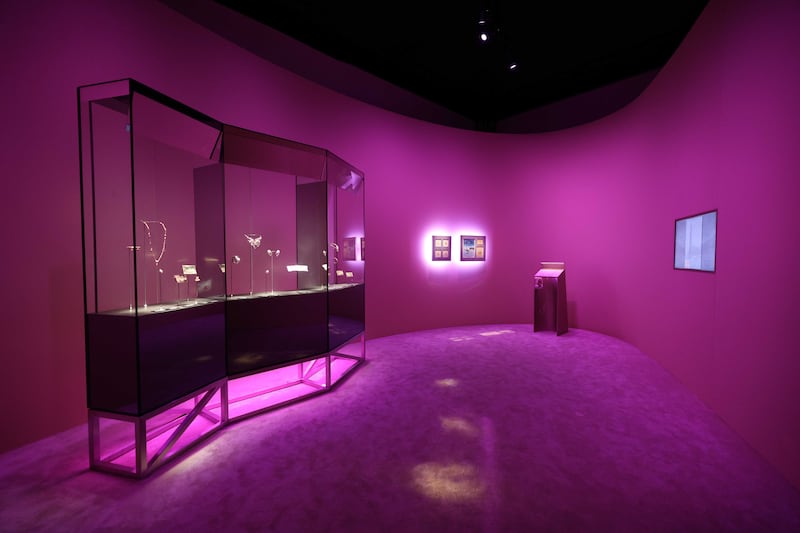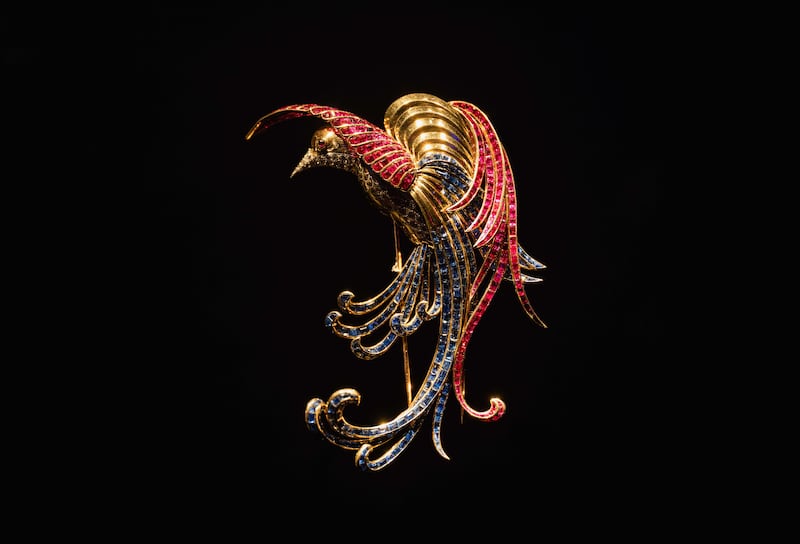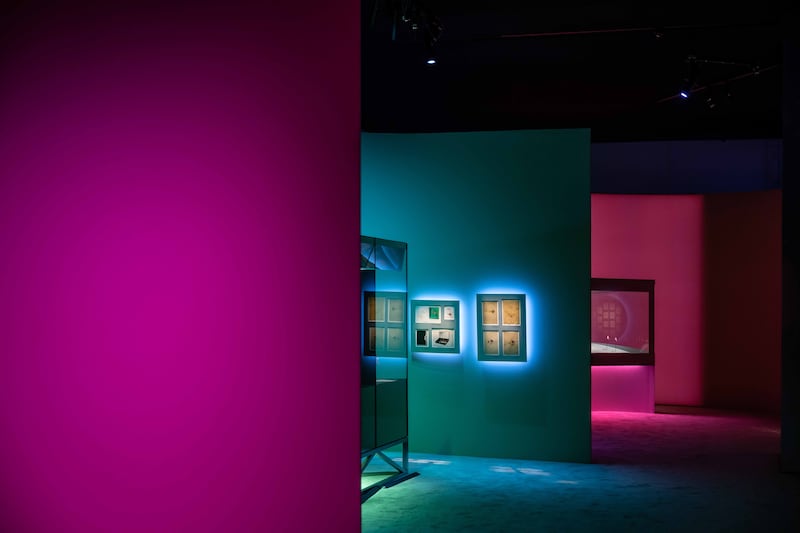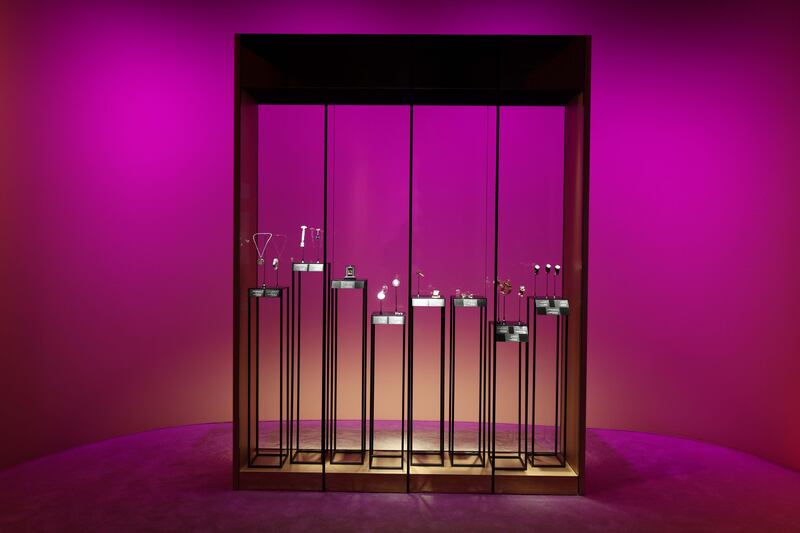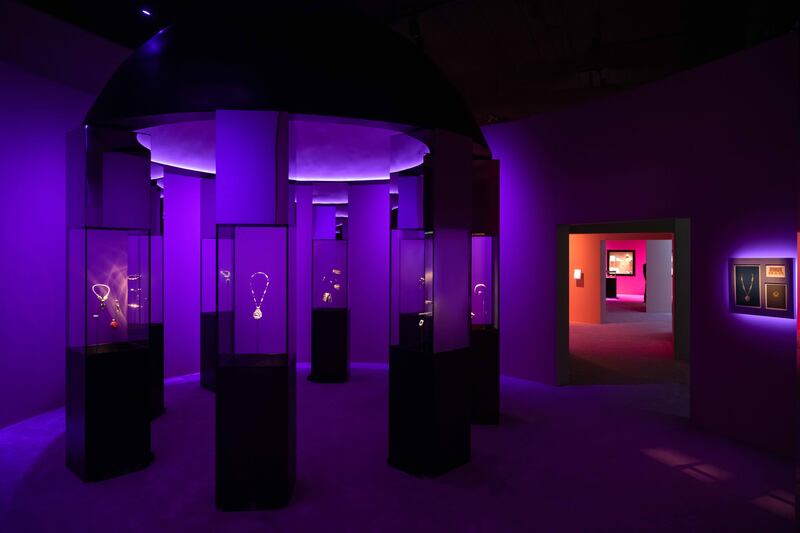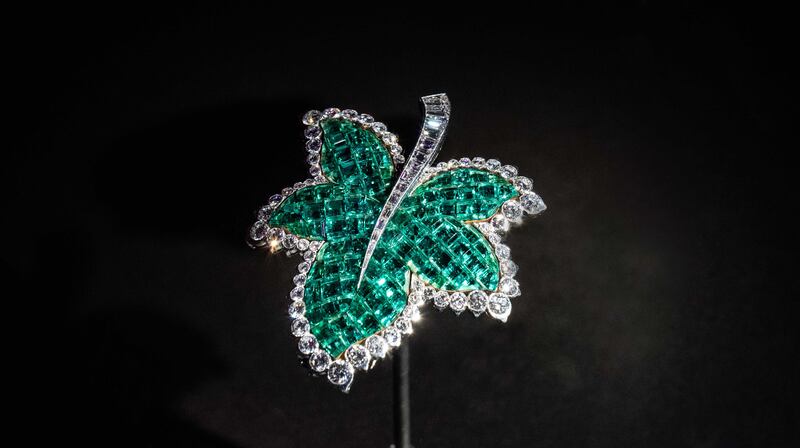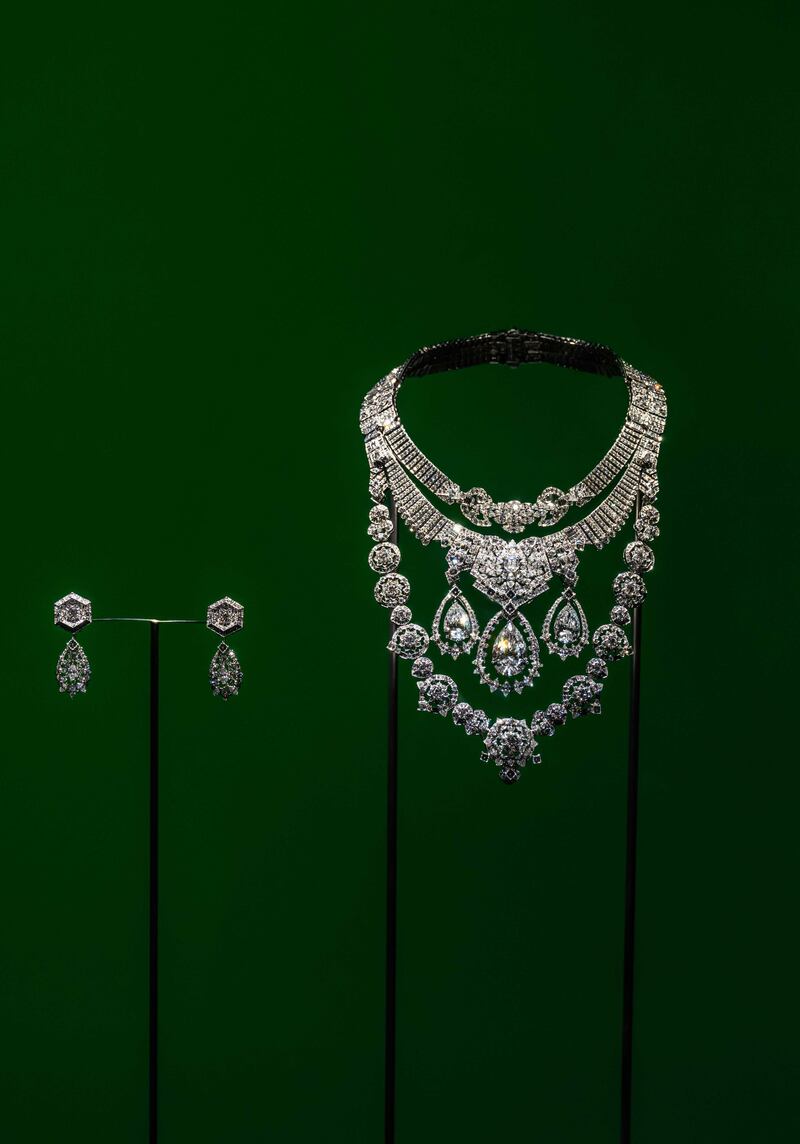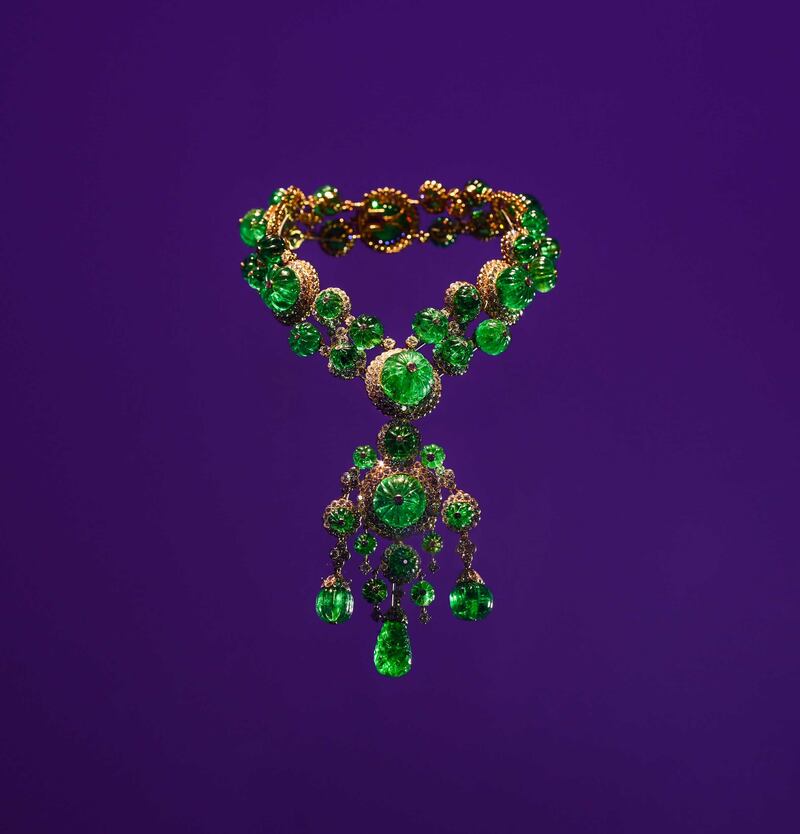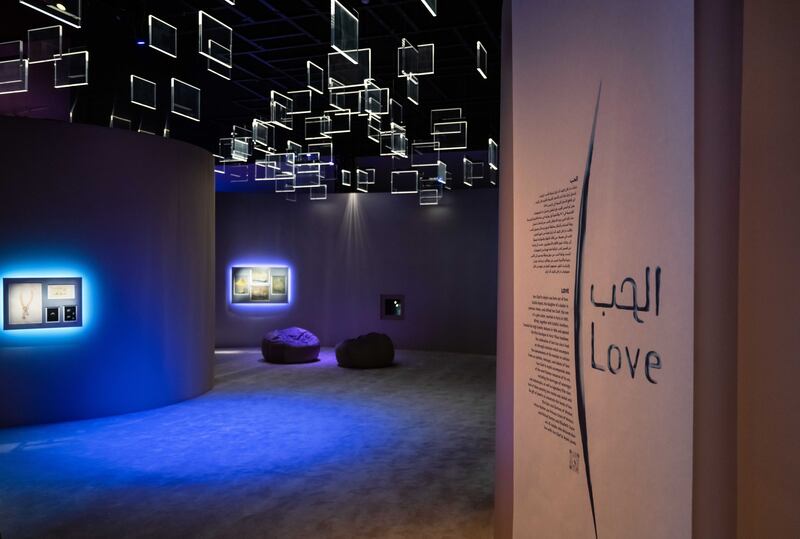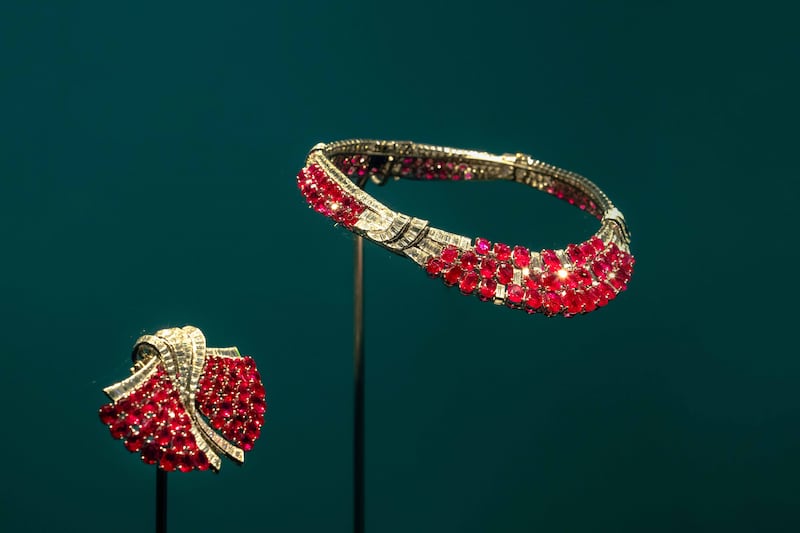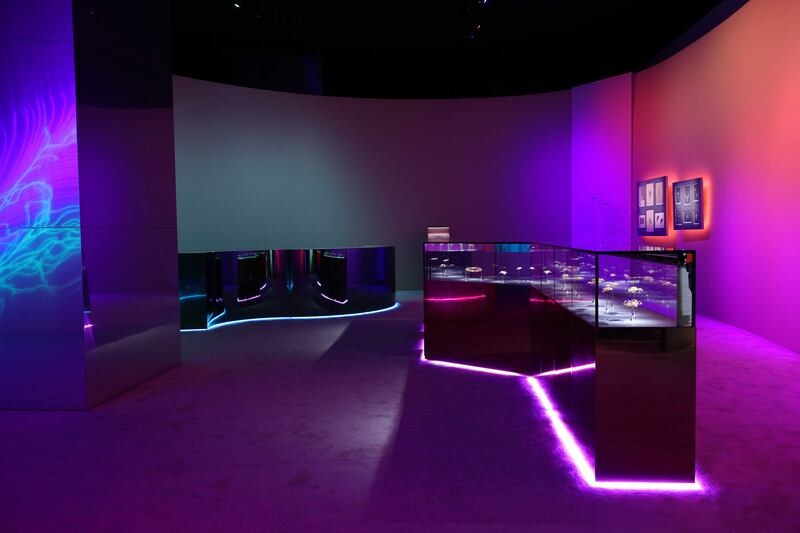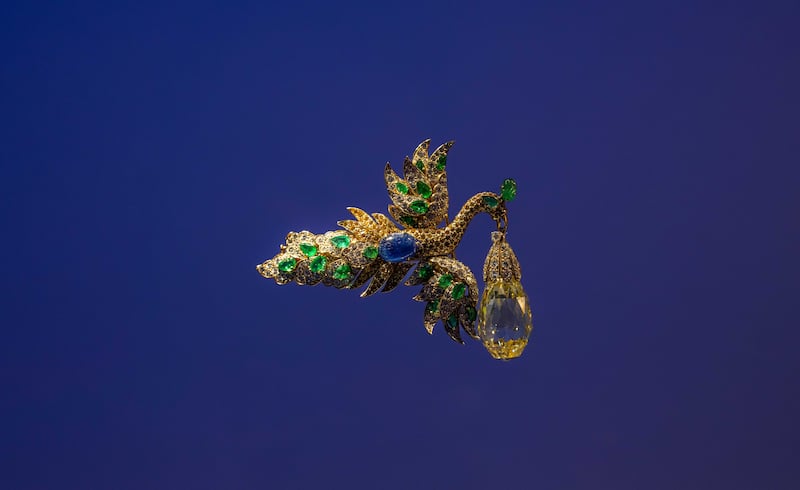French jewellery house Van Cleef & Arpels has opened an exhibition at the National Museum of Saudi Arabia in Riyadh, presenting show-stopping pieces from its extensive archive.
Van Cleef & Arpels: Time, Nature, Love showcases more than 280 jewellery pieces, watches and objet d’art that span the history of the maison from 1906 to the present day. These are supported by more than 90 original documents, including notebooks, sketches and gouache drawings, offering a behind-the-scenes glimpse at how these creations came into being. The event occupies 12 rooms on the ground floor of the museum, and will run until April 15.
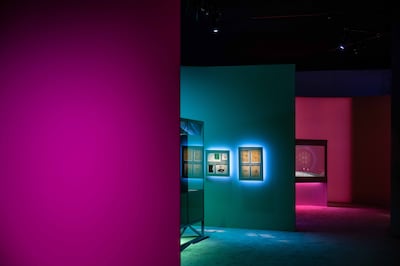
Opening the exhibition, Nicolas Bos, president of Van Cleef and Arpels, explained why it was important to present Van Cleef ’s heritage to the region. “We believe that jewellery is primarily a form of art,” he said, referencing 33 snail shells found in Morocco’s Bizmoune Cave in 2021. Believed to have been worn as a necklace, and estimated to be between 140,000 and 150,000 years old, they are the oldest example of jewellery in existence. The desire to adorn ourselves, Bos notes, is as old as history. “The very nature of jewellery is associated with every culture.”
Having already shown in Milan and Shanghai, the exhibition has been comprehensively redesigned to offer a unique experience in Riyadh. “It is one editorial approach, but three different countries, three different venues, three different exhibitions,” explains Lise Macdonald, director of patrimony and exhibitions at Van Cleef. “This is a very large-scale project and it takes two to three years to prepare.”
Bringing together priceless jewels from the company archive, as well as private collections – including some that have never been shown in public before – the exhibition is an opportunity to revel in the splendour of one-of-a-kind jewellery. Curator Alba Cappellieri, professor of design of jewellery and fashion accessories at the Politecnico di Milano, explains how the three main themes were chosen. “The exhibition is organised along the three themes of the title, which I consider the most important values in life,” she says.
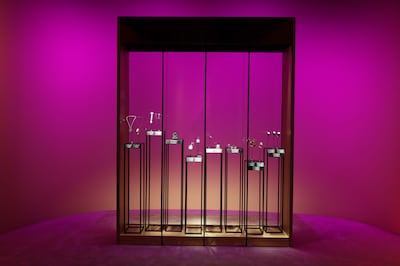
Inspired by the work of Italian writer Italo Calvino, Cappellieri has imagined the collection through the prism of his work Six Memos for the Next Millennium, resulting in an elegant, almost languid exhibition. Rather than crowd the jewels together, she presents less, but with more space to be fully appreciated. “Gemstones are probably the most amazing gift we receive from nature,” she says.
In the opening section, time has been interpreted in two ways by Cappellieri. “Here time is narrated both as chronos, time measured by hours and minutes, and also as kairos, poetical and emotional time.”
This translates literally, with pieces such as an Art Deco lapel watch in platinum and white diamonds from 1924 and a Ludo bracelet watch from 1949, both with secret dials; and more poetically, as fleeting moments captured, as seen on the etched lid of a 1945 gold powder box that shows people strolling past the Arc de Triomphe in Paris.
Then it becomes more esoteric, as a celebration of the hundreds of hours required to create a single piece. The Nazli Necklace, for example, was made in 1939 for Queen Nazli of Egypt, and features strands of white diamonds held by curling ribbons of gemstones.
Also on display is a Maharaja-esque emerald necklace of such complexity that each gemstone has been hand carved into a plump cushion, and a collaret from 1929 featuring interlaced diamonds framing teardrop emeralds.
Elsewhere, cabinets are filled with golden ropes twisted into bold necklaces, a fragile collar of golden mesh so intricate only a handful of people have the know-how to create it, and the Serge Fabric necklace, from 1953, crafted from woven gold so supple it sits loosely knotted around the neck, with a golden tassel held in place by a diamond clip.
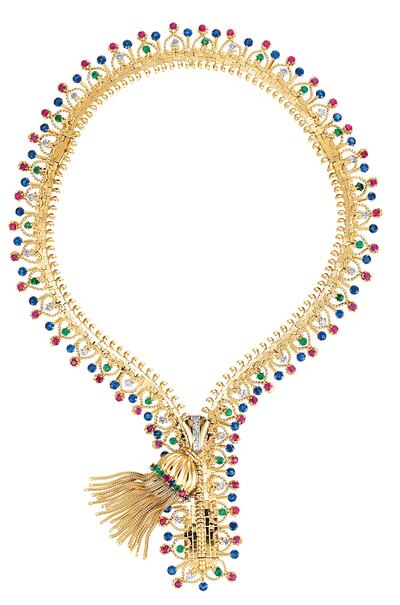
Then there is the famous Van Cleef & Arpels Zip necklace, a house masterpiece. Inspired by the humble zip, it is so technically ingenious, it took the atelier 13 years to perfect it and even today is so time consuming to produce – each one taking a minimum of 400 hours to create – that few are made.
Such pieces are beautiful, however, they are so removed from the everyday that they risk being intimidating. Here, they are brought together and made accessible by Johanna Grawunder, the architect, designer and artist who created the exhibition’s scenography. Tasked with designing a cohesive visual setting for the gems, she looked to the desert landscapes surrounding Riyadh, and the “sunsets and sunrises that are washing this neutral palette”.
Combined with soft walls inspired by traditional nomadic tents, this is translated into what she describes as a “continuous ribbon of wall, soft and monochrome” that winds through the rooms, acting as both guide and backdrop. Lit in continuously shifting tones of pink, apricot, orange, lilac and inky violet, the effect is almost dreamlike, yet ensures the gems are the most luminous element in each room.
“All the colour is coming from light, only light. We start with light effects, with a sunrise in the first room, going through a series of thematic colours that move with the content. We have an aurora borealis in the middle, we have a desert sky and then we end with a sunset. It is all created with very high technology and digital effects.”
Presented in unobtrusive cabinets, the mounts that cradle each piece seem to be invisible, creating the magical sensation that each piece is floating in mid- air. There are two pieces of jewellery that have been singled out for different treatment, however, and are housed in cabinets with light that periodically fades to black. One is a tiara that was made for Princess Grace of Monaco for the wedding of her daughter Caroline in 1979, and the other is the Barquerolles choker, a diamond-studded jewel decorated with a lion’s head and gifted to Elizabeth Taylor by Richard Burton on the birth of their first grandchild.
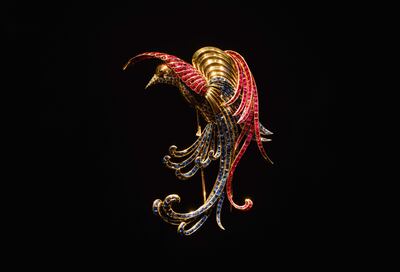
But, befitting the whimsical ethos of Van Cleef & Arpels, not every piece on display carries such historic significance. There are flocks of exotic birds, including a Bird of Paradise clip from 1942 with ruby wings and a sapphire tail, a troupe of pirouetting ballerinas and tiny, fluttering fairies, their movements captured forever as brooches. There are tiny jewelled animals gathered into a charming menagerie, while the show finishes with a meadow of floral brooches so marvellous, even their shadows are stunning.
Of course, each piece is a technical virtuoso, a marvel of creativity and expertise, conjured from the finest materials by the most skilled hands. Yet, looking at a parade of 1950s poodle brooches, or a koi carp transformed into a gold bracelet that coils around the wrist, it is hard not to be seduced by the sheer charisma on show.
Julian Marchenoir, Van Cleef ’s marketing and communications director for Middle East and India, sums up what the house, which began with the marriage of Estelle Arpels to Alfred Van Cleef in 1895, wants to bring to the Middle East: “The beauty of nature, the preciousness of time and an everlasting love story.”
